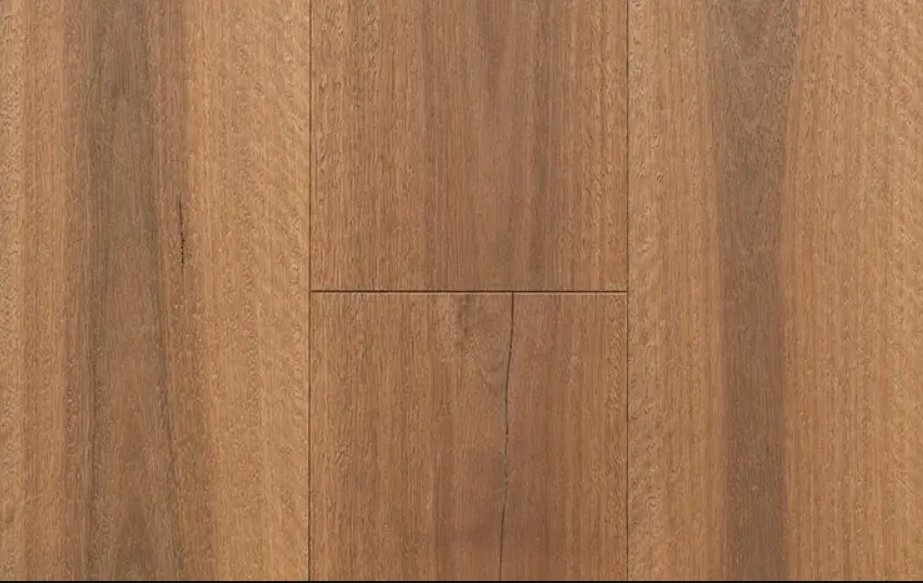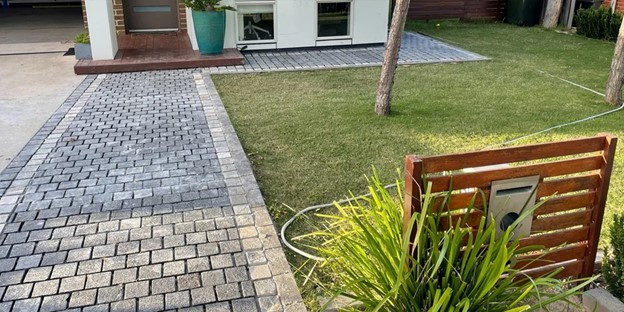“Growing a Pollinator Garden: Nurturing Nature’s Vital Allies”
Introduction:
Growing a pollinator garden is a wonderful way to support and attract bees, butterflies, and other important pollinators. These gardens provide a habitat and food source for these creatures, helping to sustain their populations and promote biodiversity. By incorporating a variety of flowering plants, providing water sources, and avoiding the use of harmful pesticides, you can create a thriving pollinator garden that not only benefits these fascinating creatures but also adds beauty and vibrancy to your outdoor space.
The Importance of Creating a Pollinator-Friendly Garden
Pollinators play a crucial role in our ecosystem, and creating a pollinator-friendly garden is a wonderful way to support these important creatures. Bees, butterflies, and other pollinators are responsible for the reproduction of many plants, including those that provide us with food. Unfortunately, pollinator populations have been declining in recent years due to habitat loss, pesticide use, and climate change. By growing a pollinator garden, you can provide a safe haven for these creatures and help ensure their survival.
One of the main reasons why creating a pollinator-friendly garden is important is because of the vital role that pollinators play in our food system. Pollinators are responsible for pollinating a wide variety of crops, including fruits, vegetables, and nuts. Without them, many of the foods we enjoy on a daily basis would not exist. By creating a garden that attracts and supports pollinators, you are not only helping to ensure the survival of these creatures, but also the availability of the foods we rely on.
In addition to their role in food production, pollinators also contribute to the overall health and diversity of our ecosystems. They help to pollinate wildflowers, which provide food and habitat for a wide range of other wildlife. By creating a pollinator-friendly garden, you are not only supporting bees and butterflies, but also a whole host of other creatures that rely on these plants for their survival.
Creating a pollinator-friendly garden is relatively easy and can be done in any size space, from a small balcony to a large backyard. The key is to provide a variety of plants that bloom at different times throughout the year, as this will ensure a continuous source of nectar and pollen for the pollinators. Native plants are particularly beneficial, as they have evolved alongside the local pollinators and are well-suited to their needs.
When selecting plants for your pollinator garden, it’s important to choose a variety of flower shapes and colors. Different pollinators are attracted to different types of flowers, so by providing a diverse range of options, you can attract a wider variety of pollinators. It’s also important to avoid using pesticides in your garden, as these can be harmful to pollinators. Instead, opt for organic pest control methods or choose plants that are naturally resistant to pests.
Water is another important element to consider when creating a pollinator-friendly garden. Providing a shallow water source, such as a birdbath or a small pond, can help attract and support pollinators. Be sure to keep the water source clean and filled with fresh water to ensure its appeal to the pollinators.
By creating a pollinator-friendly garden, you are not only supporting bees, butterflies, and other pollinators, but also contributing to the overall health and diversity of our ecosystems. Whether you have a small balcony or a large backyard, there are many ways to create a space that attracts and supports these important creatures. By providing a variety of plants, avoiding pesticides, and providing a water source, you can help ensure the survival of pollinators and the availability of the foods we rely on. So why not start growing a pollinator garden today and make a positive impact on our environment?
Essential Plants for Attracting Bees, Butterflies, and Other Pollinators
Essential Plants for Attracting Bees, Butterflies, and Other Pollinators
Creating a pollinator garden is not only a beautiful addition to your outdoor space, but it also plays a crucial role in supporting the declining populations of bees, butterflies, and other pollinators. These tiny creatures are responsible for pollinating a significant portion of the world’s food crops, making their conservation a matter of utmost importance. To attract and support these pollinators, it is essential to include specific plants in your garden that provide them with the necessary food and habitat. In this article, we will explore some of the essential plants for attracting bees, butterflies, and other pollinators.
One of the most popular plants for attracting pollinators is the butterfly bush (Buddleja davidii). As the name suggests, this plant is a magnet for butterflies, drawing them in with its vibrant and fragrant flowers. The butterfly bush blooms from summer to fall, providing a continuous source of nectar for butterflies and other pollinators. It is a low-maintenance plant that thrives in full sun and well-drained soil, making it an excellent choice for any garden.
Another must-have plant for attracting pollinators is the coneflower (Echinacea). This native perennial is not only beautiful but also highly attractive to bees and butterflies. The coneflower produces large, daisy-like flowers with a prominent cone-shaped center, which provides an abundant source of nectar. It is a hardy plant that can tolerate a wide range of soil conditions and is known to attract a variety of pollinators, including bees, butterflies, and even hummingbirds.
Milkweed (Asclepias) is another essential plant for any pollinator garden, especially if you want to support monarch butterflies. Monarchs rely on milkweed as their sole food source during their larval stage, making it crucial for their survival. By planting milkweed in your garden, you provide a vital habitat for monarchs to lay their eggs and for caterpillars to feed. Additionally, milkweed flowers are highly attractive to a wide range of pollinators, including bees and other butterflies.
Lavender (Lavandula) is not only a favorite among gardeners for its delightful fragrance but also a favorite among bees and butterflies. This aromatic herb produces long-lasting blooms that are rich in nectar, making it a valuable food source for pollinators. Lavender thrives in full sun and well-drained soil, making it an excellent choice for a sunny spot in your garden. Its beautiful purple flowers will not only attract bees and butterflies but also add a touch of elegance to your outdoor space.
Lastly, the sunflower (Helianthus) is a classic choice for attracting pollinators. With their large, vibrant flowers, sunflowers are a favorite among bees, butterflies, and even birds. They provide an abundant source of nectar and pollen, making them highly attractive to a wide range of pollinators. Sunflowers are easy to grow and can be planted directly in the ground or in containers, making them a versatile choice for any garden.
In conclusion, creating a pollinator garden is a wonderful way to support the declining populations of bees, butterflies, and other pollinators. By including essential plants such as the butterfly bush, coneflower, milkweed, lavender, and sunflower, you can provide these pollinators with the necessary food and habitat they need to thrive. Remember to choose plants that bloom at different times throughout the year to ensure a continuous source of nectar. With a well-planned pollinator garden, you can not only enjoy the beauty of nature but also contribute to the conservation of these vital creatures.
Tips for Maintaining a Thriving Pollinator Garden
Maintaining a thriving pollinator garden requires a combination of careful planning, regular maintenance, and a commitment to creating a welcoming habitat for bees, butterflies, and other pollinators. By following a few simple tips, you can ensure that your garden remains a haven for these important creatures.
First and foremost, it is essential to provide a variety of flowering plants that bloom throughout the growing season. This ensures a continuous source of nectar and pollen for pollinators. Choose a mix of native plants and non-invasive exotic species that are known to attract bees and butterflies. Some popular choices include lavender, coneflowers, milkweed, and bee balm. By offering a diverse range of flowers, you will attract a wider array of pollinators to your garden.
In addition to selecting the right plants, it is important to provide a suitable habitat for pollinators. This includes providing shelter, water, and nesting sites. Many bees and butterflies require areas of bare soil for nesting, so consider leaving some patches of exposed ground in your garden. You can also create artificial nesting sites by placing bundles of hollow stems or drilled wooden blocks in your garden. Providing a shallow dish of water with pebbles or twigs for perching will also attract pollinators.
Regular maintenance is crucial for the health and vitality of your pollinator garden. This includes watering, weeding, and pruning. Water your garden deeply and infrequently to encourage deep root growth and reduce the risk of disease. Weeding is important to prevent competition for resources and to keep your garden looking tidy. However, be mindful of the fact that some weeds, such as dandelions and clover, are valuable food sources for pollinators. Consider leaving a small area of your garden unweeded to provide these important food sources.
Pruning is another important aspect of garden maintenance. Regularly deadhead spent flowers to encourage continuous blooming and prevent the formation of seeds. This will also help to redirect the plant’s energy towards producing more flowers. Additionally, prune any damaged or diseased branches to maintain the overall health of your plants.
Pest control is another consideration when maintaining a pollinator garden. While it is important to protect your plants from pests, it is equally important to do so in a way that is safe for pollinators. Avoid using chemical pesticides, as these can be harmful to bees and butterflies. Instead, opt for organic pest control methods such as handpicking pests, using insecticidal soaps, or introducing beneficial insects like ladybugs and lacewings.
Finally, consider creating a year-round food source for pollinators by planting a mix of early, mid, and late-season blooming plants. This will ensure that there is always something in bloom to provide nectar and pollen. Additionally, consider planting a mix of annuals and perennials to provide a continuous source of food throughout the year.
By following these tips, you can create and maintain a thriving pollinator garden that supports bees, butterflies, and other important pollinators. Remember to provide a variety of flowering plants, create a suitable habitat, and regularly maintain your garden through watering, weeding, pruning, and pest control. With a little effort and dedication, you can make a positive impact on the health and well-being of these vital creatures.In conclusion, growing a pollinator garden is an effective way to support bees, butterflies, and other pollinators. By providing a diverse range of flowering plants, creating suitable habitats, and avoiding the use of harmful pesticides, individuals can contribute to the conservation of these important species. Pollinator gardens not only enhance biodiversity but also play a crucial role in maintaining healthy ecosystems and ensuring the pollination of many food crops.



